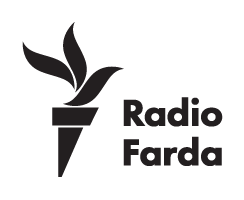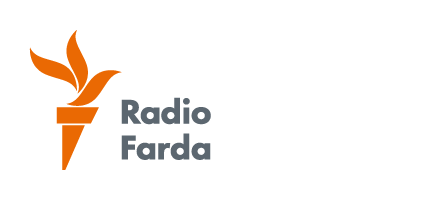The Iranian currency rose for the fifth consecutive day on Wednesday December 12, briefly crossing the landmark 100,000 rial per one US dollar for an hour.
Although the new rate is nearly half the rate compared to September, it is still almost three times higher compared to same time last year. In September, the rial had reached a low of 180,000 to the dollar.
The Iranian currency began its steep decline in March 2018, as the United States appeared to be pulling out of the 2015 nuclear deal with Iran. When President Donald Trump announced the withdrawal in May and reimposed sanction on Iran, panic took over Tehran's foreign exchange market.
Iranian news agencies reported that ordinary investors who had converted their assets into dollars to evade Iran’s economic instability and uncertainty about a shaky banking system rushed to the market to sell their dollars.
For about an hour on Wednesday, the rate for each dollar plummeted under 100,000 rials, entering what market watchers have nicknamed the “90,000 channel”, which could be anything between 90,000 and 99999 rials for a dollar.
Despite the apparent low rates of exchange, market watchers suggest that prices will pick up soon and the rate of exchange for the dollar would leave behind the 100,000 rial landmark.
One of the reasons for the rush to buy dollars is that the rate in government-owned money changers' shops are a bit higher. So, people buy dollars from private money changers at a lower rate to sell it to the government at a slightly higher price of around 100500 rials, Tasnim reported, noting however that there is a limit to the amount of hard currency they can buy.
The official news agency IRNA, however, reported that government-controlled outlets bought every dollar for 100500 and sold them for 110000 Wednesday afternoon.
Amateur traders who bought foreign currency in the past three months when the rates were high and are also influencing the market by selling their dollars fearing that rates might still further drop.
Some market watchers on social media suggest that regardless of short-term fluctuations, the state of the economy in Iran indicates that the rial cannot sustain itself and will drop further as the government does not appear to have tackled the problems that led to its steep devaluation in the first place.
Therefore, it is safe to assume that the Central Bank's manipulation of the market during the past weeks is the main reason for the current drop in exchange rates, although it is not clear if any dollars were injected into the market by the central bank to help the rial.
On Thursday, the head of the central bank assured people on his Instagram page that the bank is "managing" the forex market and they should not be jittery with every movement in rates. He also gave assurances that soon Iran will open banking channels to other countries and to EU countries.
Both people and analysts express their skepticism about these interventions on social media.
Iranian analyst Reza Haghighat Nejad said in a Tweet following the rise of the rial: "The Islamic Republic causes losses for the people by plundering people's resources both when it pushes the rates higher or lower."
A social media activist who tweets under the alias "unbreakable" tweeted: "The government decreased the exchange rate by limiting withdrawals from bank accounts, by clamping down on market players and by hanging traders, so that it could purchase the dollars in the market at a lower price."
He was referring to recent regulations that limit electronic withdrawals from every bank account on any given day to 500 million rials ($5,000) and to the execution of two gold and forex market activists in the past month.
Another Twitter user writing under a pseudonym said: "As the government is the main supplier of foreign currency to the market, in fact it is the government that determines the rate of exchange."
Other observers have also mentioned the new authorities vested in the Central Bank as one of the reasons for the decline in exchange rates. The bank recently offered incentives to exporters who would sell their hard currency revenues in the open market. On the other hand the Iranian Customs Administration lifted limitations imposed on the entry of hard currency cash into the country.
Supreme Leader Ayatollah Ali Khamenei recently ordered Central Bank Governor Abdolnasser Hemmati to "reinforce the value of the national currency" in order to counter "devaluation as one of the problems of Iran's economy", not mindful of the fact that economic problems cannot be solved by issuing decrees.
At the same time, he called for the Central Bank's "independence," while practically violating the Bank's independence by intervening in monetary policy.






